Eurozone PPI fell -2.8% mom in January, below expectation of -0.3% mom. Compared with January 2022, industrial producer prices increased by 15.0% yoy, below expectation of 17.7% yoy.
For the month, industrial producer prices in Eurozone decreased by -9.4% mom in the energy sector, while prices increased by -0.8% mom for intermediate goods, by -1.2% mom for capital goods, by -1.5% mom for non-durable consumer goods and by -1.6% mom for durable consumer goods. Prices in total industry excluding energy increased by 1.1% mom.
EU PPI was at -2.2% mom, 16.4% yoy. The largest monthly decreases in industrial producer prices were recorded in Ireland (-25.2%), Sweden (-8.0%) and Latvia (-5.8%), while the highest increases were observed in Slovakia (9.0%), Czechia and Hungary (both 5.8%) and Austria (4.9%).







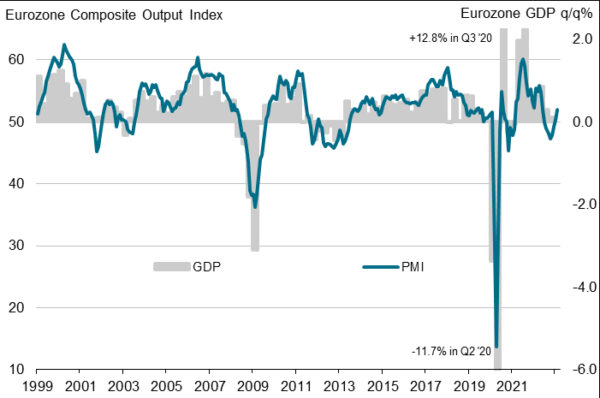
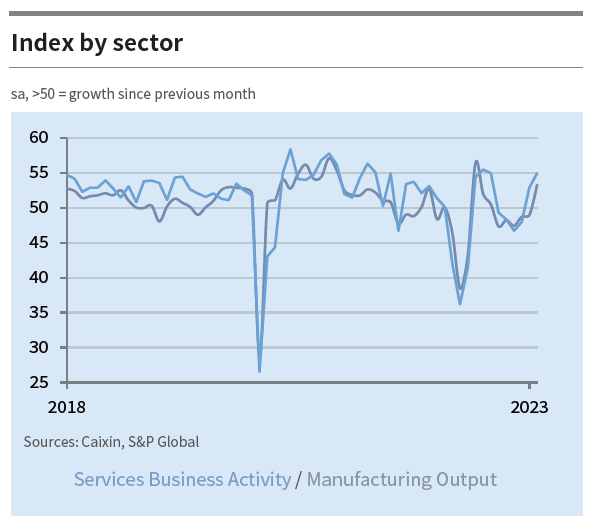
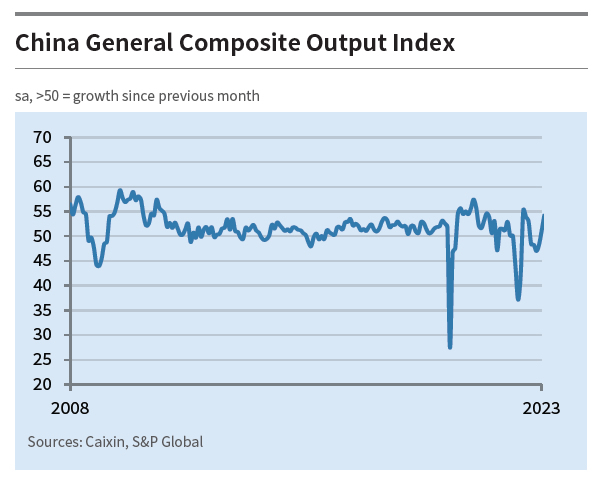
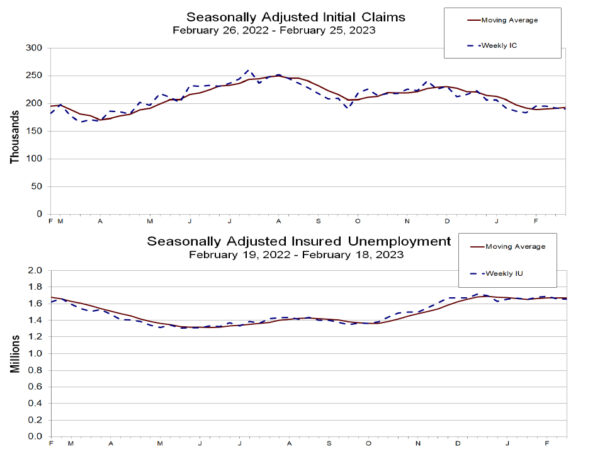
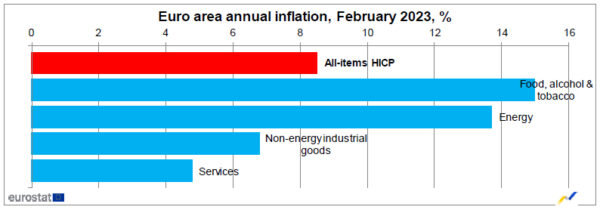
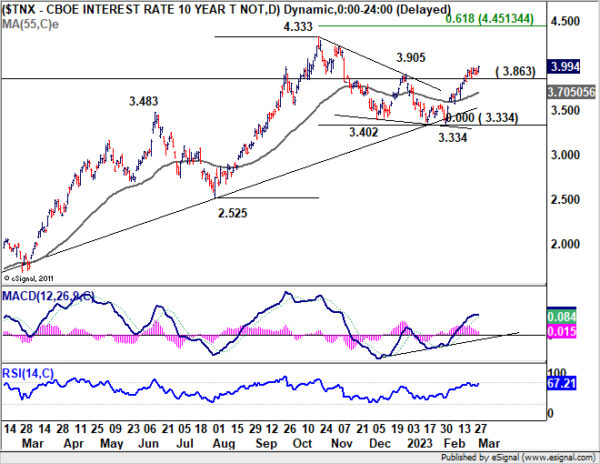
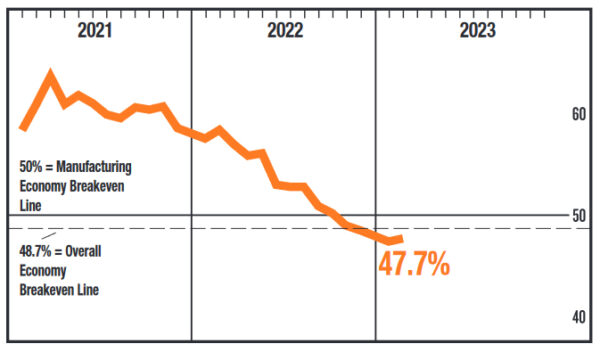
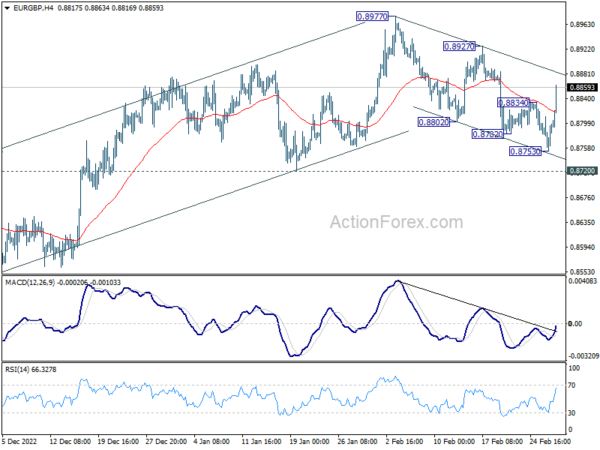

ECB Vasle: March rate hike to be followed by additional increases
ECB Governing Council member Bostjan Vasle said, “my personal expectations is that the increase we intend for our March meeting — that is 0.5 percentage points — will not be the last one.”
March rate hike “will be followed by additional increases before we reach a level that will be sufficient to bring inflation back to the trajectory towards our goal of 2% inflation,” he added.